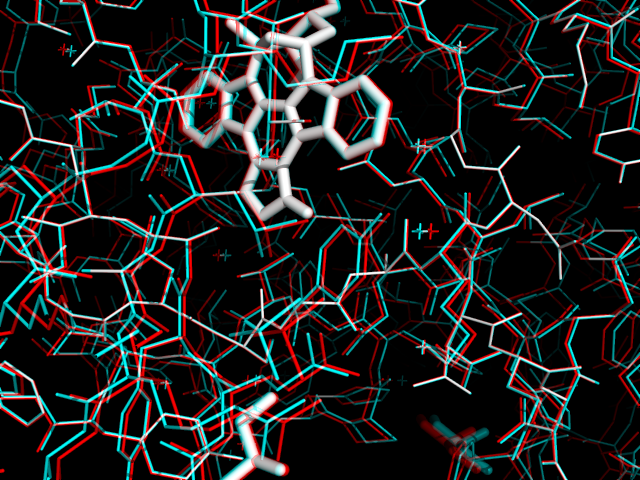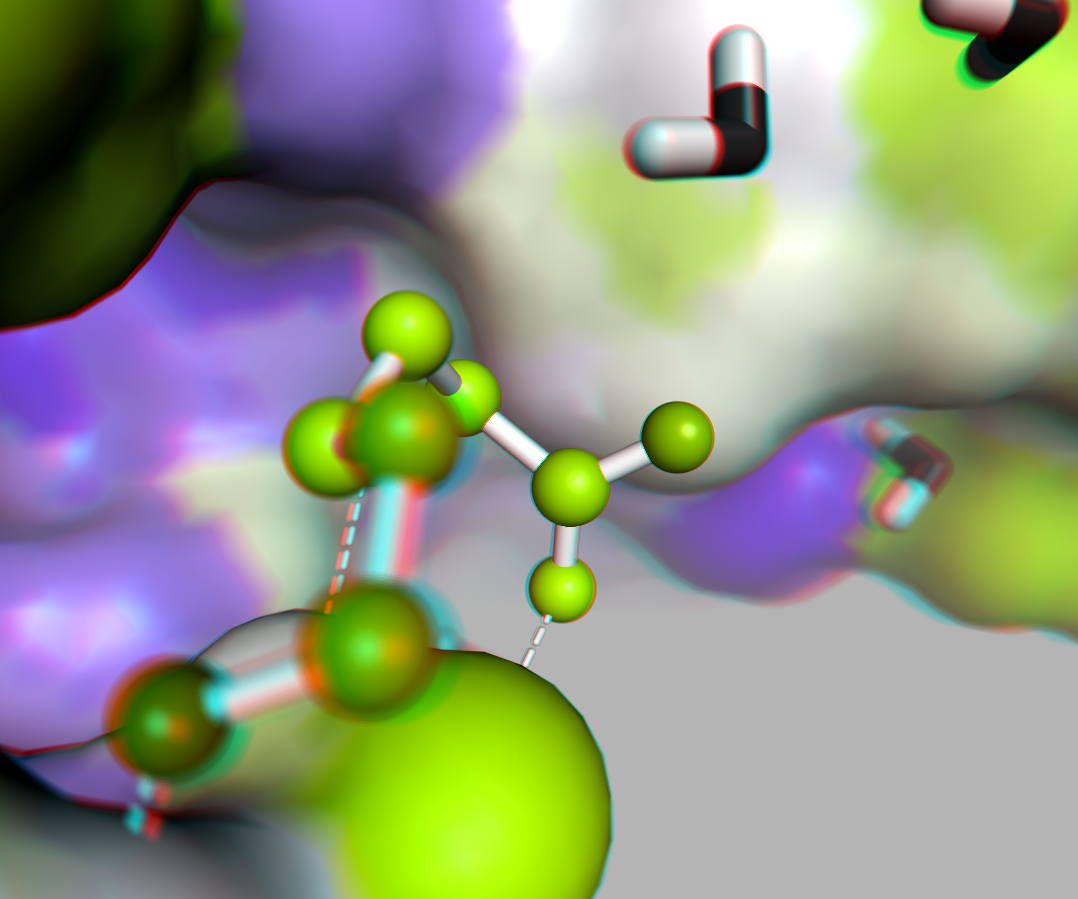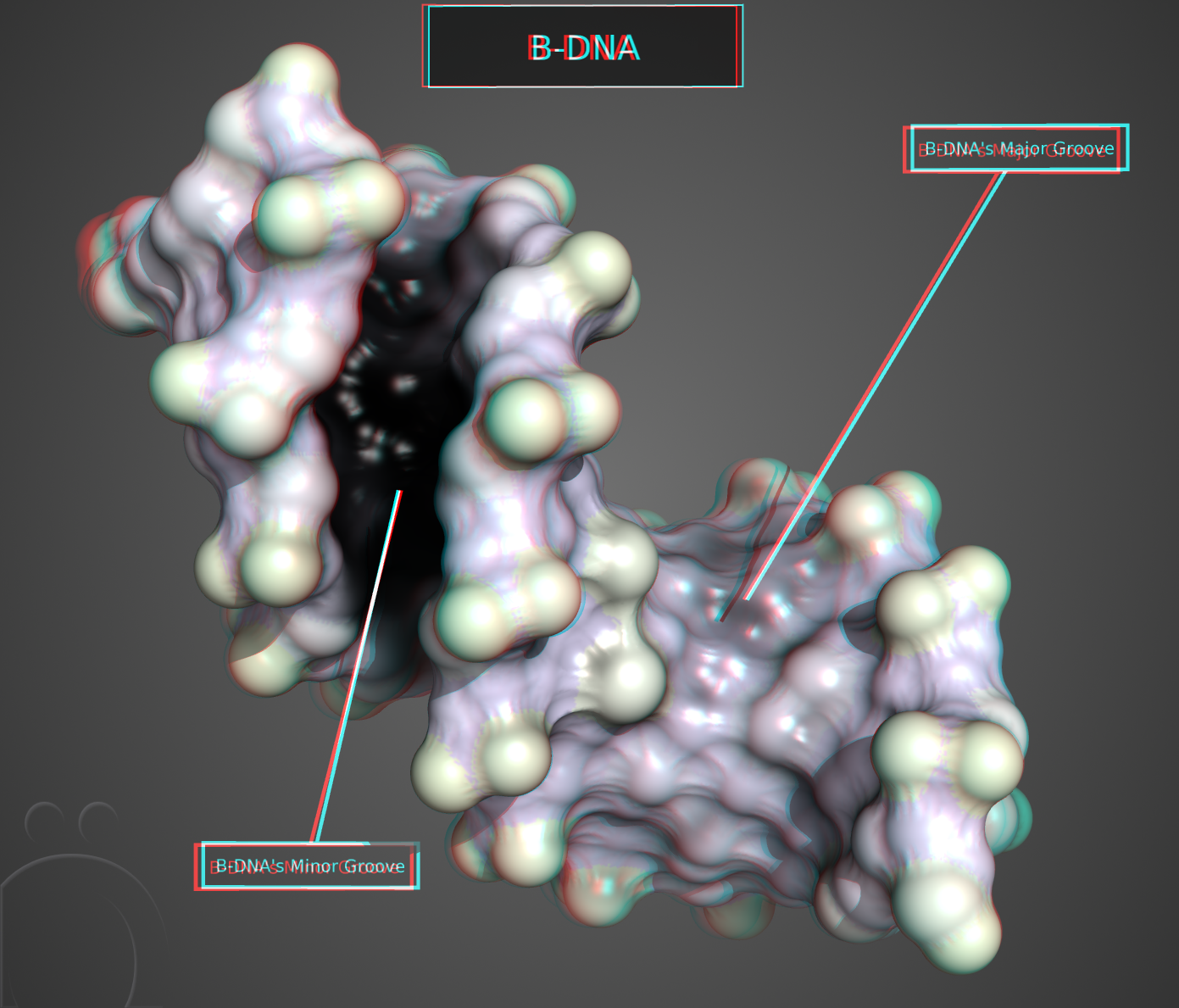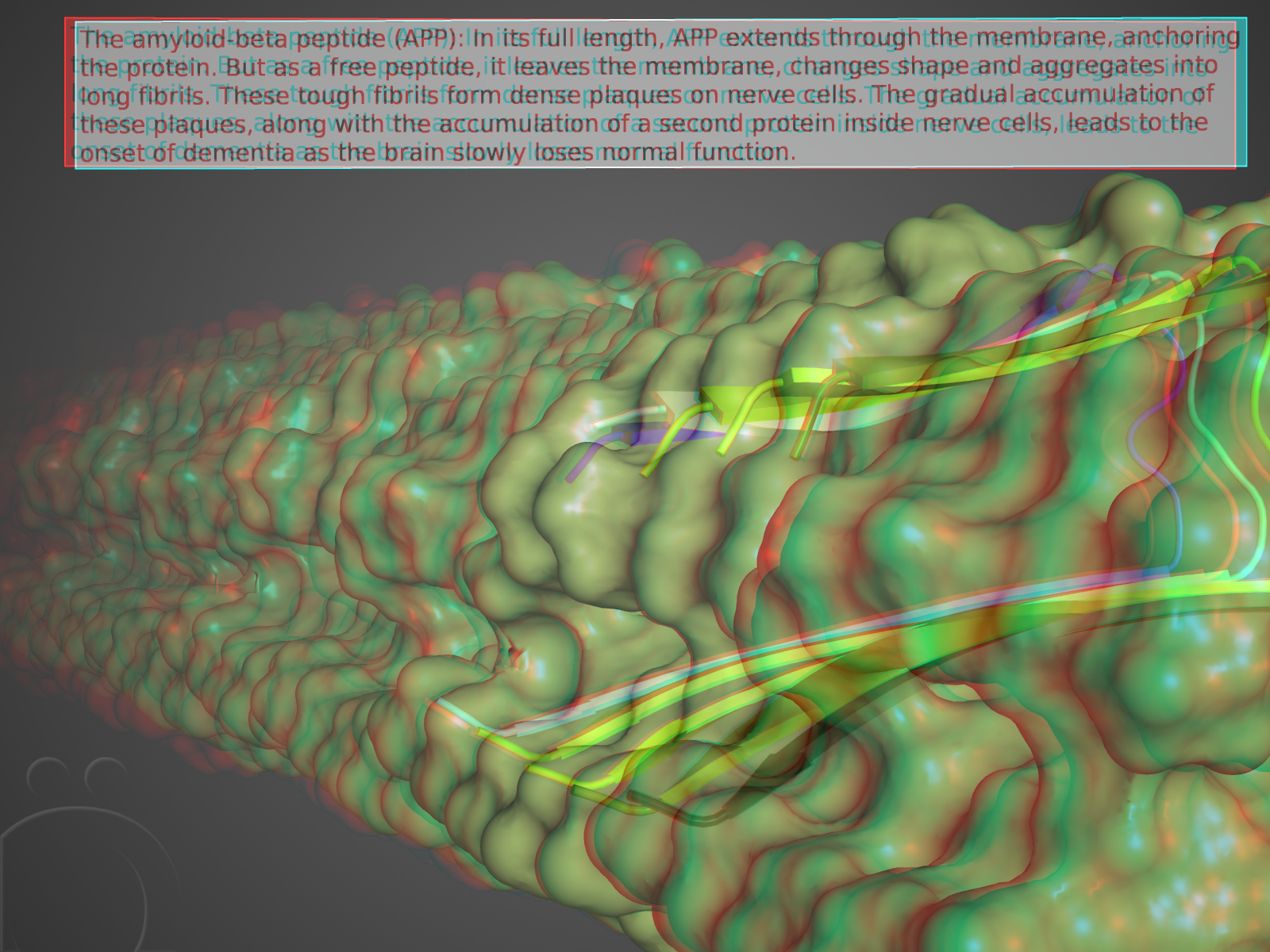This is a read-only mirror of pymolwiki.org
Difference between revisions of "Main Page"
Jump to navigation
Jump to search
(PyMOL v1.8.2) |
m (2 revisions) |
||
| (45 intermediate revisions by 3 users not shown) | |||
| Line 1: | Line 1: | ||
__NOTOC__ | __NOTOC__ | ||
| − | {| align="center" style="padding-bottom: | + | {| align="center" width="100%" style="background: #B22222; margin-bottom: 4em; border-bottom: 1px solid #B22222; border-left: 1px solid #B22222; border-right: 1px solid #B22222;" |
| − | |+ style="font-size:210%; font-weight: bold; color:# | + | |+ style="font-size: 1.0em; font-weight: normal; color: #FFFFFF; text-align:right; background: #B22222; padding-top:0.5em; padding-bottom: 0.25em; padding-right: 0.60em; border-top: 2px solid #B22222; border-bottom: 1px solid #fff;" |hosted by [[File:SBGridlogo2.jpg|140 px|link=https://sbgrid.org/]] |
| − | |- style="text-align:center; font-weight: | + | |} |
| + | {| align="center" style="padding-bottom: 3em;" | ||
| + | |+ style="font-size:210%; font-weight: bold; color:#000000; text-align:center; padding: 5px; margin-bottom: 4px;" | Welcome to the PyMOL Wiki! | ||
| + | |- style="text-align:center; font-weight: normal; color: #000000; font-size: 120%; font-family: sans-serif;" | ||
| The community-run support site for the [http://pymol.org PyMOL] molecular viewer. | | The community-run support site for the [http://pymol.org PyMOL] molecular viewer. | ||
| − | |- style="text-align:center; font-weight: | + | |- style="text-align:center; font-weight:normal; color: #000000; font-size: 120%; font-family: sans-serif;" |
| − | | | + | | To request a new account, email SBGrid at: accounts (@) sbgrid dot org |
| − | |- style="text-align:center; font-weight:bold; color: # | + | |- style="text-align:center; font-weight:bold; color: #000000; font-size: 120%; font-family: sans-serif;" |
|} | |} | ||
| − | {| align="center" width="45%" style="background: # | + | |
| − | |+ style="font-size: 1.4em; font-weight: bold; color: # | + | {| align="center" width="45%" style="background: #FFFFFF; margin-bottom: 4em; border-bottom: 1px solid #AFB29E; border-left: 1px solid #AFB29E; border-right: 1px solid #AFB29E;" |
| + | |+ style="font-size: 1.4em; font-weight: bold; color: #FFFFFF; text-align:center; background: #000000; padding-top:0.5em; padding-bottom: 0.25em; border-top: 2px solid #000000; border-bottom: 1px solid #fff;" |Quick Links | ||
|- | |- | ||
| − | | style="font-size: 1.1em; color # | + | | style="font-size: 1.1em; font-weight: normal; color #48A2B4; padding: 0.5em 1em 0.5em 3em;"|'''[[:Category:Tutorials|Tutorials]]''' || '''[[TOPTOC|Table of Contents]]''' || '''[[:Category:Commands|Commands]]''' |
|- | |- | ||
| − | | style="font-size: 1.1em; color # | + | | style="font-size: 1.1em; font-weight: normal; color #48A2B4; padding: 0.5em 1em 0.5em 3em;"|'''[[:Category:Script_Library|Script Library]]''' || '''[[:Category:Plugins|Plugins]]''' || '''[[:Category:FAQ|FAQ]]''' |
|- | |- | ||
| − | | style="font-size: 1.1em; color # | + | | style="font-size: 1.1em; font-weight: normal; color #48A2B4; padding: 0.5em 1em 0.5em 3em;"|'''[[Gallery]]''' | '''[[Covers]]''' |
||'''[[CheatSheet|PyMOL Cheat Sheet]]''' (''[[Media:PymolRef.pdf|PDF]]'') | ||'''[[CheatSheet|PyMOL Cheat Sheet]]''' (''[[Media:PymolRef.pdf|PDF]]'') | ||
||'''[[PyMOL_mailing_list|Getting Help]]''' | ||'''[[PyMOL_mailing_list|Getting Help]]''' | ||
| Line 26: | Line 30: | ||
|- | |- | ||
! Official Release | ! Official Release | ||
| − | | [ | + | | [https://pymol.org PyMOL v2.5 has been released] on May 10, 2021. |
|- | |- | ||
| − | ! | + | ! Python 3 |
| − | | [[ | + | | New [[2to3|Python 3 compatibility guide]] for scripts and plugins |
|- | |- | ||
| − | ! | + | ! POSF |
| − | | [ | + | | [https://pymol.org/fellowship New PyMOL fellows announced for 2018-2019] |
|- | |- | ||
| − | ! | + | ! Tutorial |
| − | | [ | + | | [[Plugins Tutorial]] updated for PyQt5 |
| − | |||
| − | |||
| − | |||
| − | |||
| − | |||
| − | |||
|- | |- | ||
! New Plugin | ! New Plugin | ||
| − | | [[ | + | | [[PICv|PICv]] is a new plugin for clustering protein-protein interactions and visualization with available data from PDBe |
|- | |- | ||
| − | ! | + | ! Selection keywords |
| − | | [[ | + | | New [[Selection Algebra|polymer.protein and polymer.nucleic]] selection keywords. Thanks everyone who participated in the [https://goo.gl/forms/r0Ck03VTytZQxN4A2 poll]! |
|- | |- | ||
| − | ! | + | ! Plugin Update |
| − | | [[MOLE 2.0: advanced approach for analysis of biomacromolecular channels|MOLE 2. | + | | [[MOLE 2.0: advanced approach for analysis of biomacromolecular channels|MOLE 2.5]] is an updated version of channel analysis software in PyMOL |
|- | |- | ||
| − | ! | + | ! New Script |
| − | | | + | | [[dssr_block]] is a wrapper for DSSR (3dna) and creates block-shaped nucleic acid cartoons |
|- | |- | ||
! Older News | ! Older News | ||
Latest revision as of 03:21, 22 June 2021
| The community-run support site for the PyMOL molecular viewer. |
| To request a new account, email SBGrid at: accounts (@) sbgrid dot org |
| Tutorials | Table of Contents | Commands |
| Script Library | Plugins | FAQ |
| Gallery | Covers | PyMOL Cheat Sheet (PDF) | Getting Help |
|
|
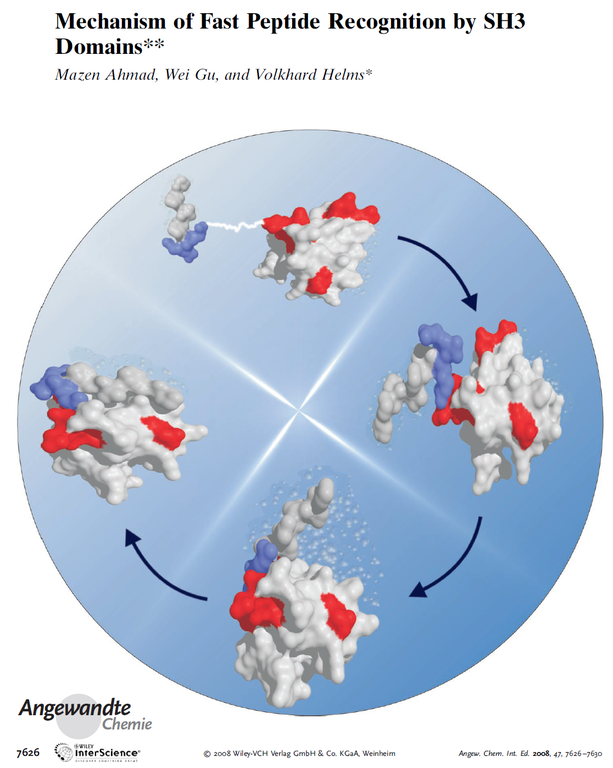 A Random PyMOL-generated Cover. See Covers.
|

